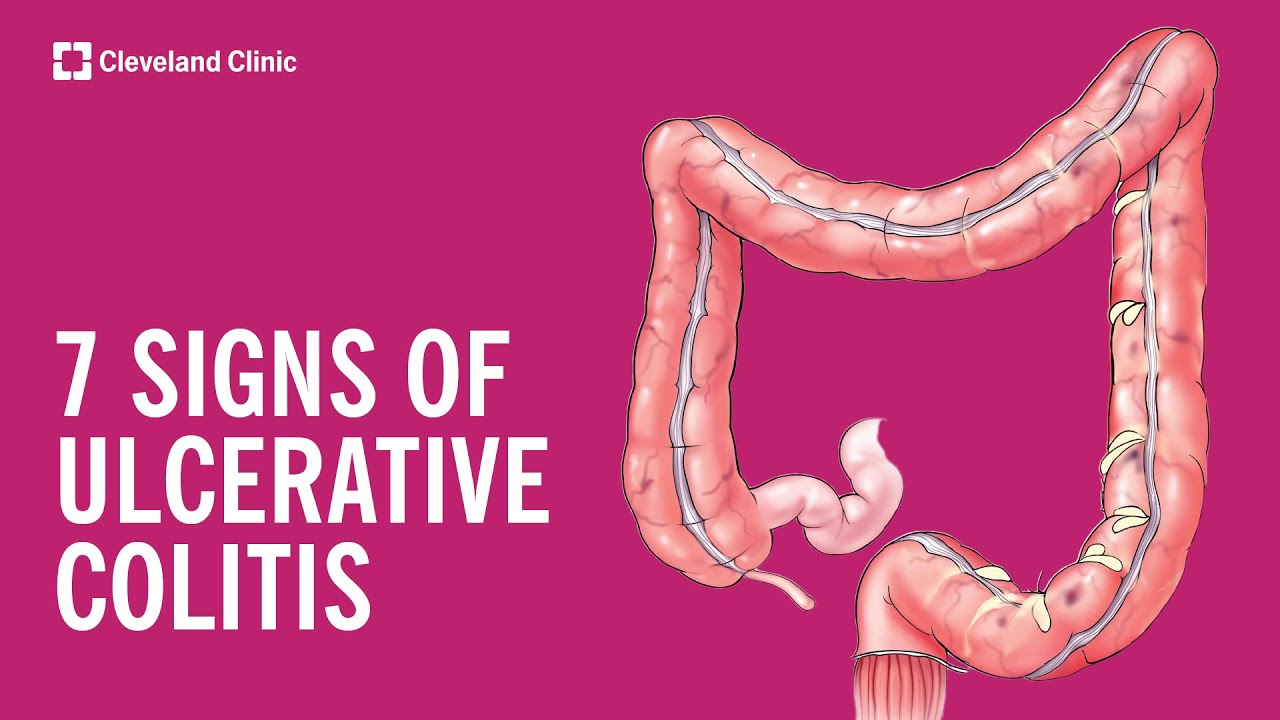The Gastroenterology Channel
NEW YORK (Reuters Health) – Serrated lesions of the colorectum, once thought benign, may give rise to one-third of all colorectal cancers, but are more difficult to detect than conventional adenomatous lesions. “Effective colonoscopy requires an endoscopist trained in the endoscopic appearance of serrated lesions,” according to a review published online June 19th in the American Journal of Gastroenterology.
The senior author, Dr. James Church, with the Cleveland Clinic Foundation, Ohio, and his colleagues compiled the consensus report to “increase awareness of the threat posed by these lesions” and to stress the importance of accurate detection and complete excision of serrated colorectal lesions.
To that end they summarize the pathological and molecular characteristics of the different types of serrated lesions and their endoscopic appearance.
The panel recommends that World Health Organization classifications be used to categorize the lesions. That is, they should be classified histologically as hyperplastic polyp (HP), sessile serrated adenoma / polyp (SSA/P) with or without cytologic dysplasia, or traditional serrated adenoma (TSA). “Clinicians and pathologists within institutions should work collaboratively to achieve a common usage and understanding of terminology of serrated lesions,” they urge.
SSA/P and TSA are pre-cancerous lesions. SSA/P can be distinguished from hyperplastic lesions by the presence of crypt distortion, particularly in the crypt base, the team explains. Also, they note, “Most large serrated lesions in the proximal colon are SSA/Ps.”
The endoscopic appearance of SSA/Ps is distinctive but often quite subtle, the authors note, so detection requires familiarity with their typical appearance. These are illustrated in the article with several color photographs.
The statement recommends full resection of all serrated lesions proximal to the sigmoid colon and all serrated lesions larger than 5 mm in the rectosigmoid colon.
Surveillance intervals after resection, based on consensus opinion, range from 1-3 year up to 10 years, depending on the histology, size and number of lesions.
Patients with serrated polyposis require particularly close endoscopic surveillance, the panelists advise, and first-degree relatives of such patients should undergo colonoscopy at age 40 or 10 years earlier than the age at the index diagnosis.
SOURCE:
Serrated Lesions of the Colorectum: Review and Recommendations From an Expert Panel
Am J Gastroenterol 2012.







